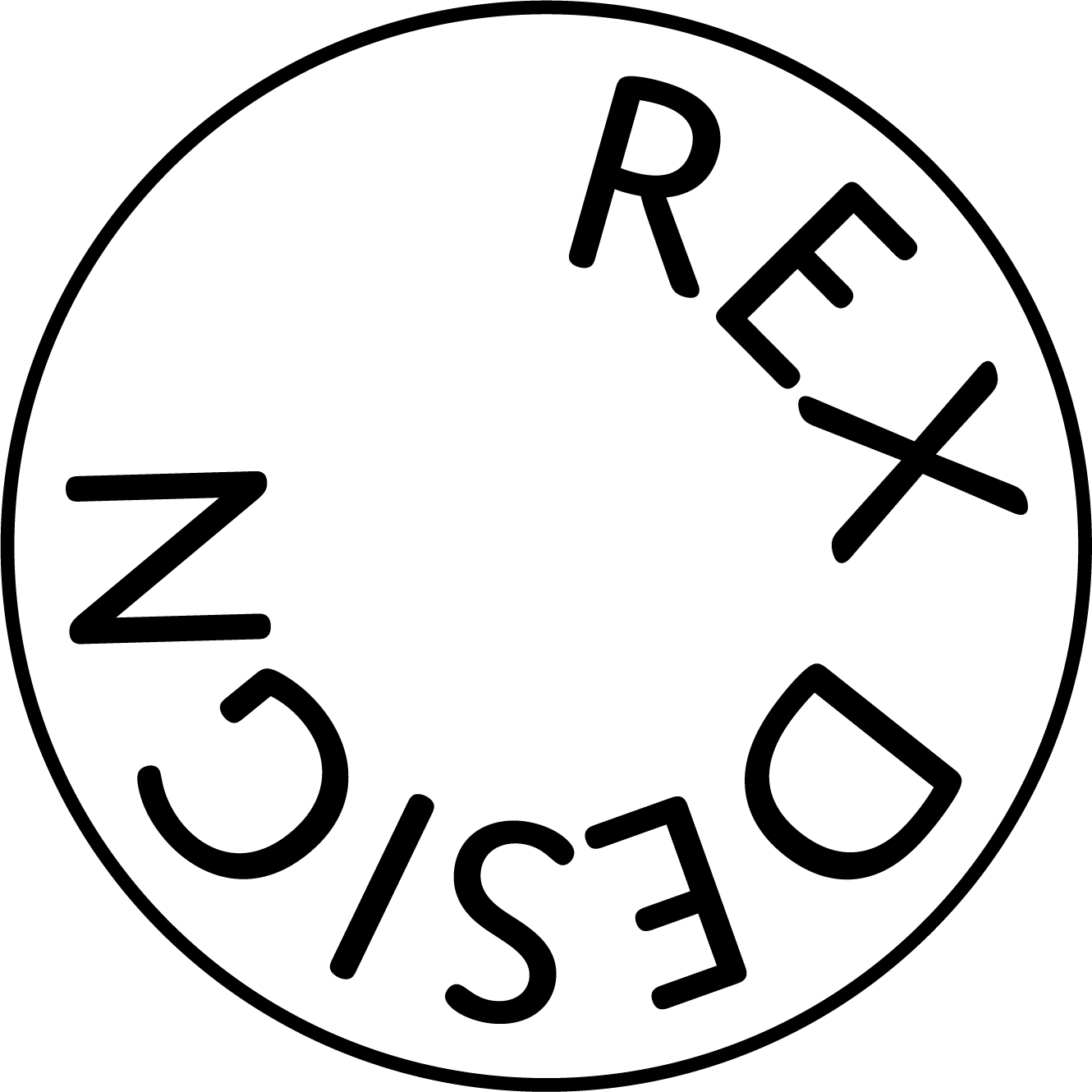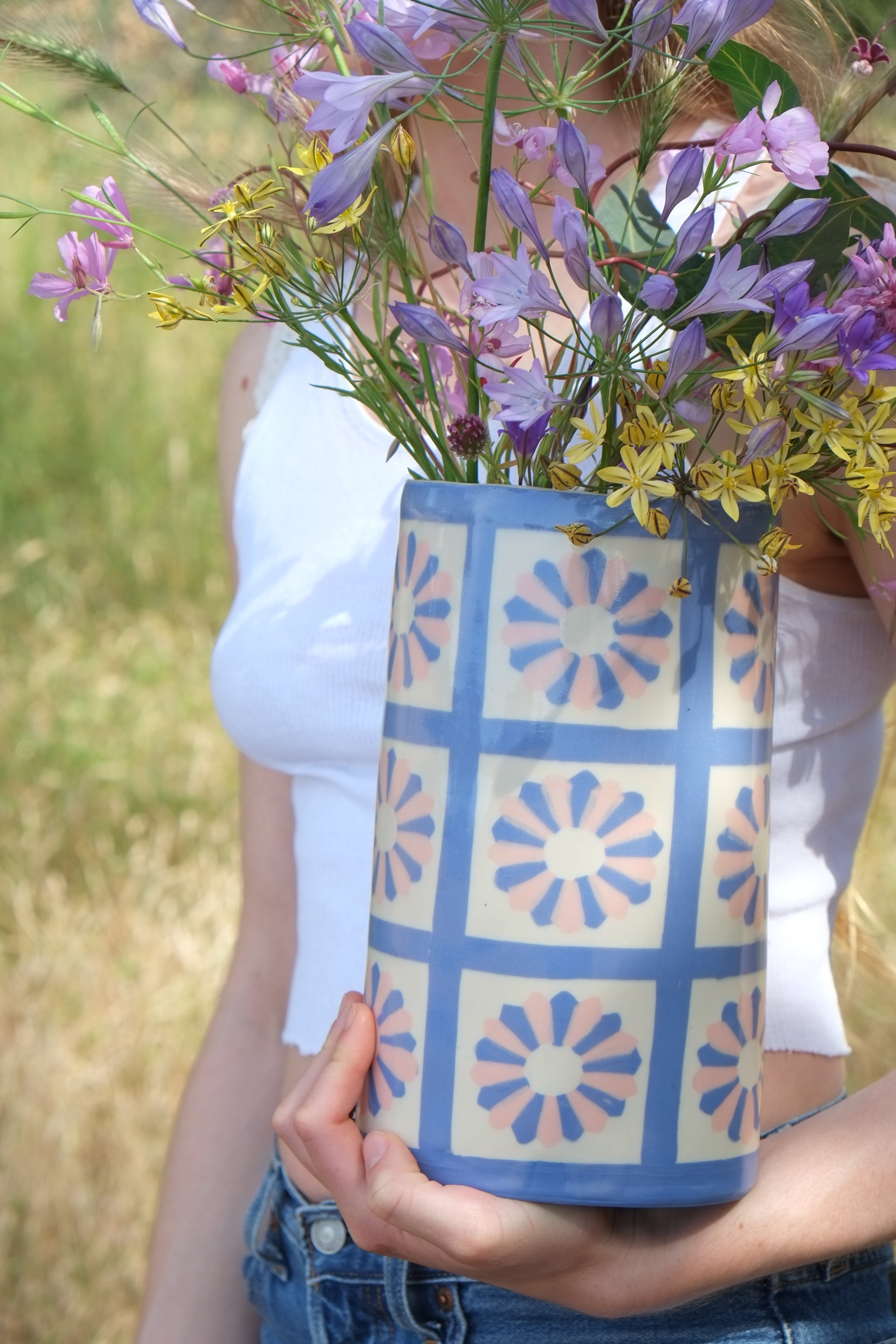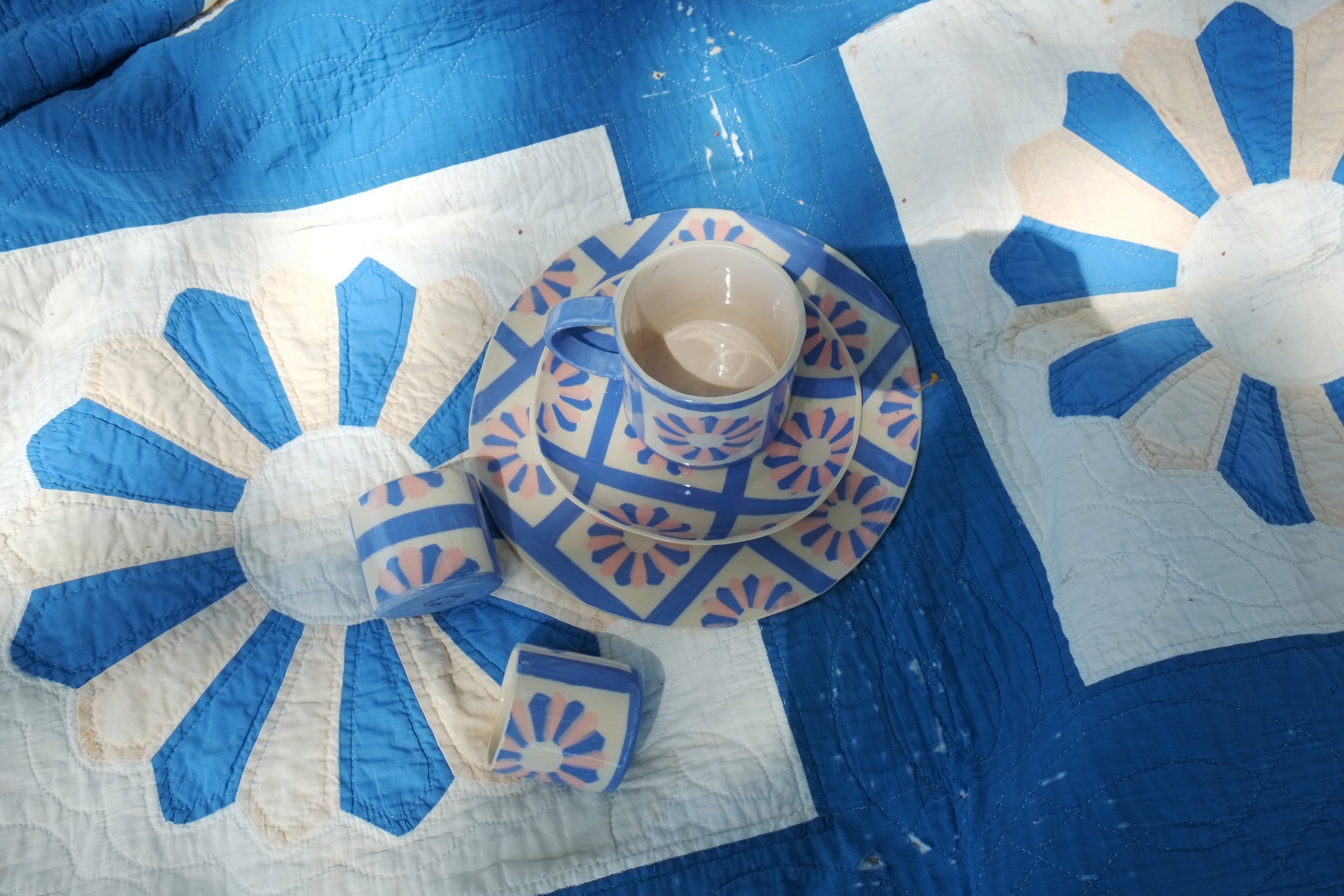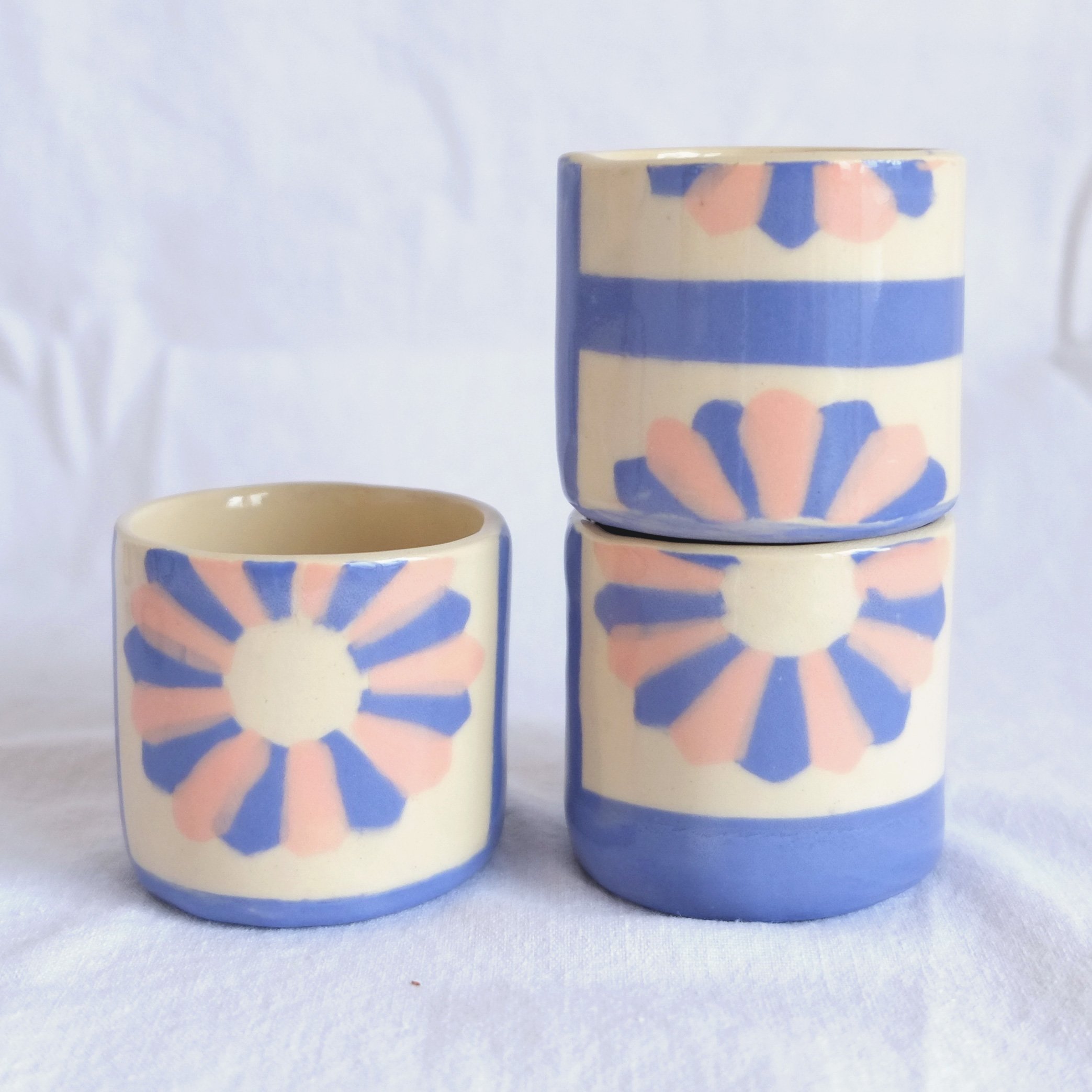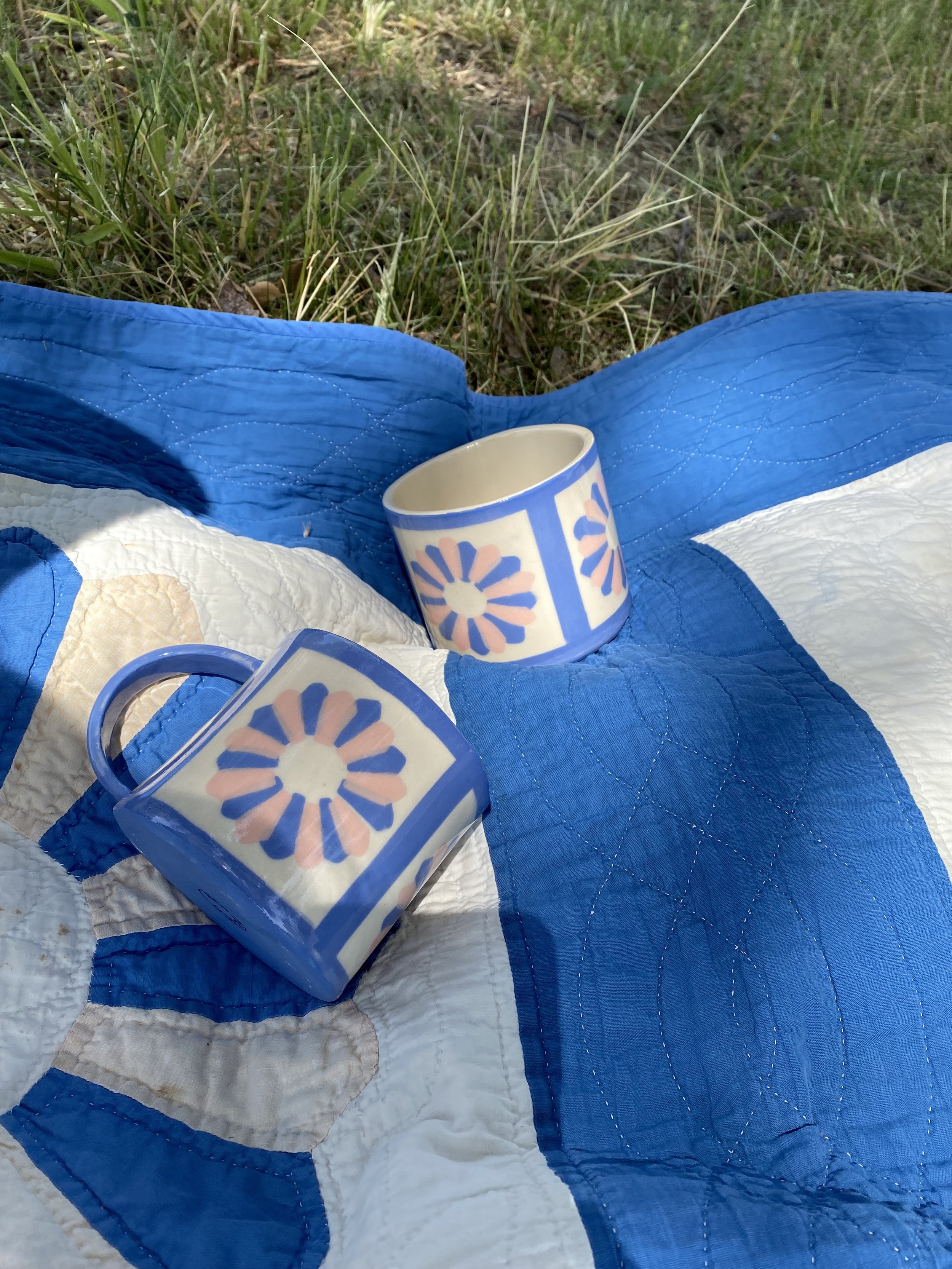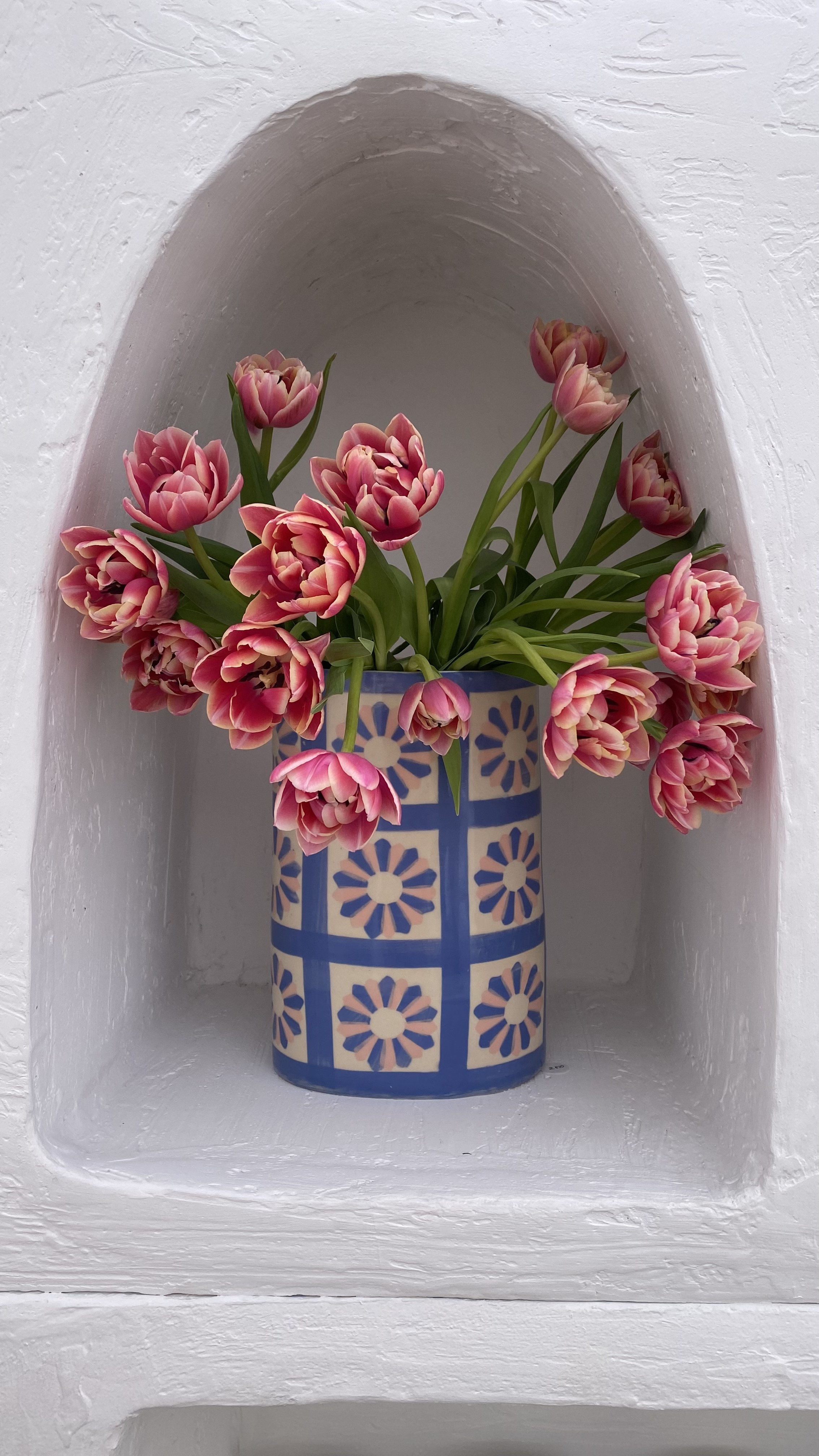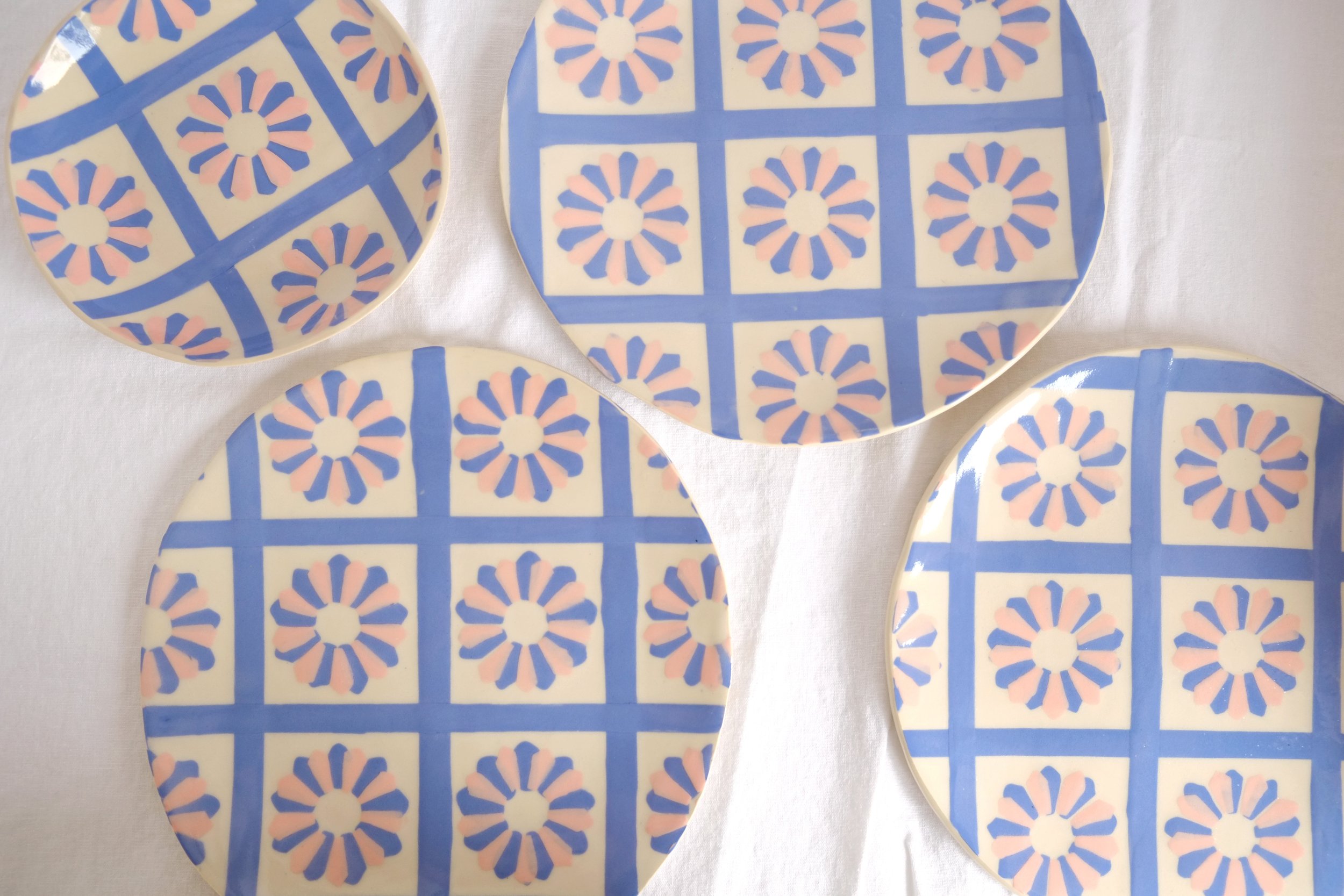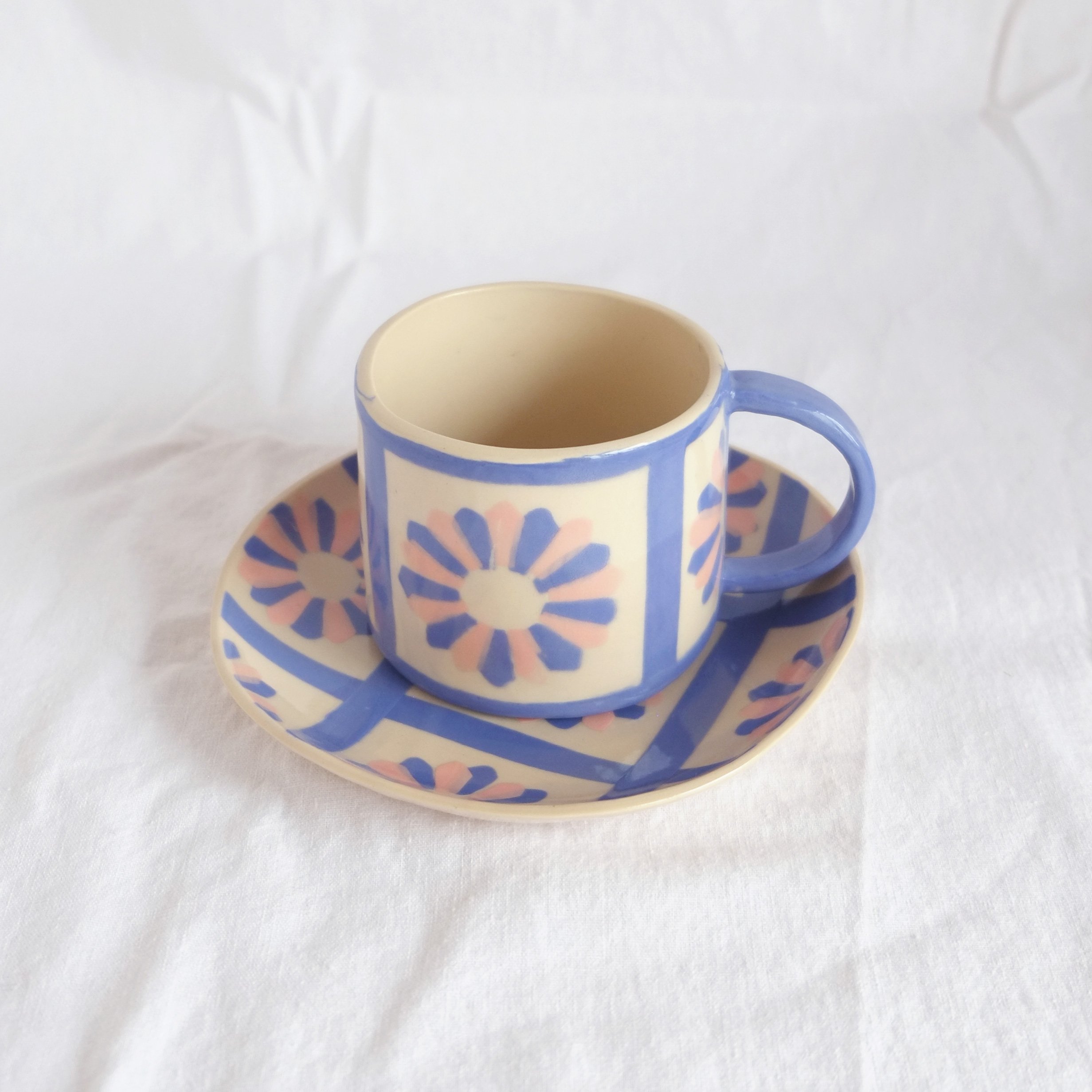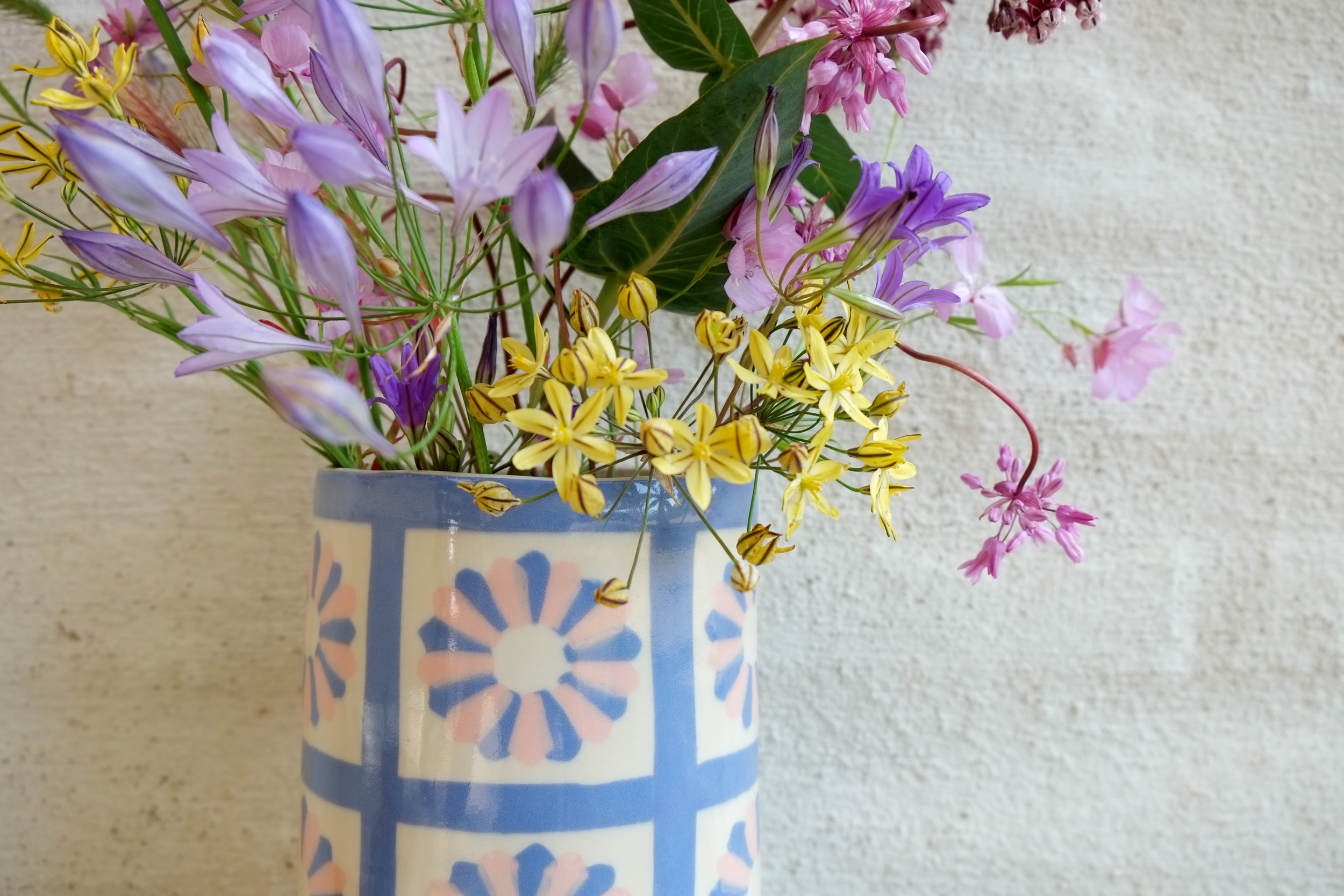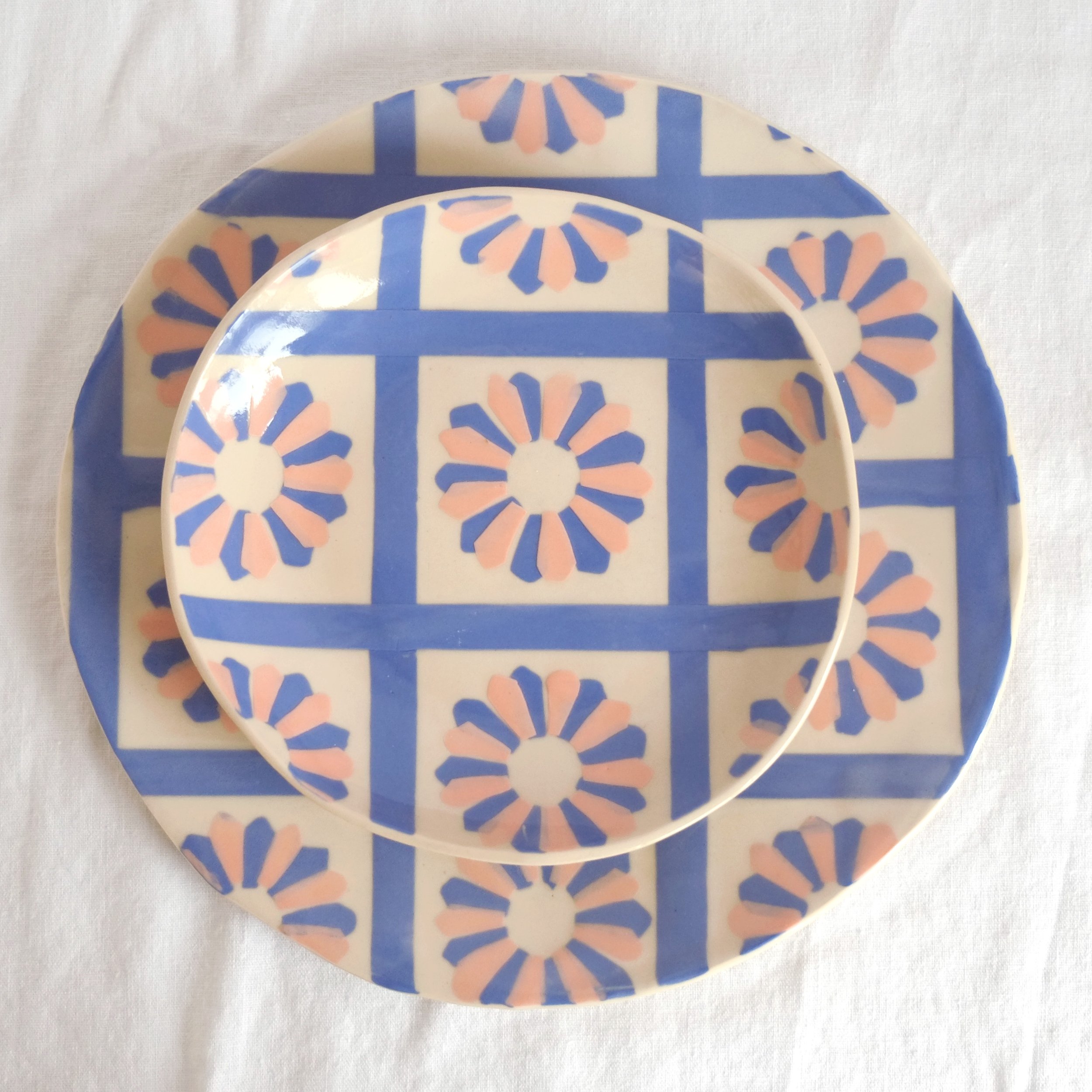The Inspiration Behind the Quilt Project: A Fusion of Quilting, Nerikomi, and Female Empowerment
Over the past year, I have dedicated myself to perfecting a unique technique that combines elements of nerikomi, a Japanese clay art form, with the artistry of quilting. Through a meticulous and time-intensive process, I bind layers of colored porcelain to stoneware, forming a stunning quilted design. Each piece is carefully hand-built, resulting in a collection that represents the harmonious blend of two diverse artistic traditions. However, the inspiration behind this project goes beyond technique and aesthetics. It is rooted in the history of female empowerment and the significant role that quilts have played.
Quilting has long been associated with female empowerment and creativity. For centuries, women have used quilting as a means of self-expression and communal storytelling. From the early colonial days to the present, quilts have served as a medium through which women could voice their thoughts, share their experiences, and assert their identity. The quilt-making process itself offered an opportunity for women to come together, share ideas, and support each other. In a time when women's voices were often silenced, quilting provided a powerful platform for connection, empowerment, and activism.
One of the most remarkable chapters in the history of quilting is its role in the Underground Railroad. Quilts were ingeniously used as secret codes and signals to guide escaping slaves on their perilous journey to freedom. Through carefully designed quilt patterns, often displayed on clotheslines or fences, hidden messages were conveyed to those seeking refuge. Each quilt block had a specific meaning, such as "Safe House" or "Follow the North Star," which helped enslaved individuals navigate the treacherous path to freedom.
Quilts also played a role in the suffrage movement. As the fight for women's suffrage gained momentum in the late 19th and early 20th centuries, quilts became symbols of unity and resistance. Quilting circles provided a safe space for women to discuss political issues, strategize, and organize. Quilts were often auctioned or displayed at suffrage events, serving both as a fundraising tool and a means of spreading the message of equality. The quilts acted as visual representations of the suffrage movement's values, depicting powerful symbols like the suffrage colors (purple, white, and gold) or the "Votes for Women" slogan.
The fusion of nerikomi and quilting techniques in the quilt project represents not only a visually stunning artistic endeavor but also a tribute to the legacy of female empowerment and activism. By drawing inspiration from the history of quilts and their roles in movements like the Underground Railroad and women's suffrage, this collection seeks to honor the strength, resilience, and creativity of women throughout the ages. As I meticulously bind layers of porcelain and stoneware, piece by piece, I hope to contribute to the ongoing narrative of female empowerment and inspire others to explore the intersection of art, history, and social change.
